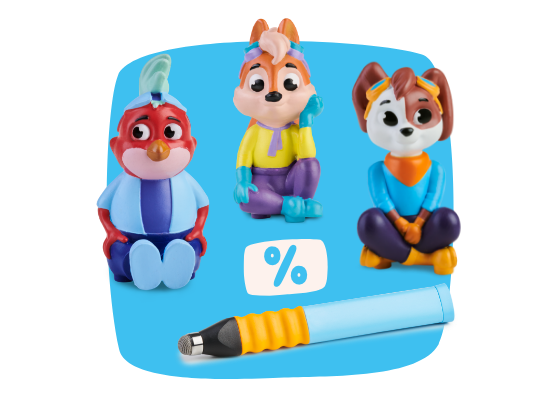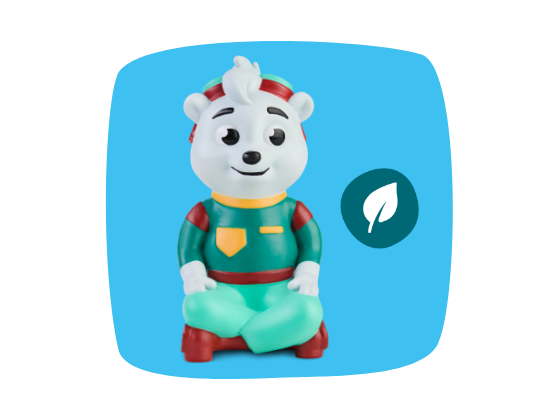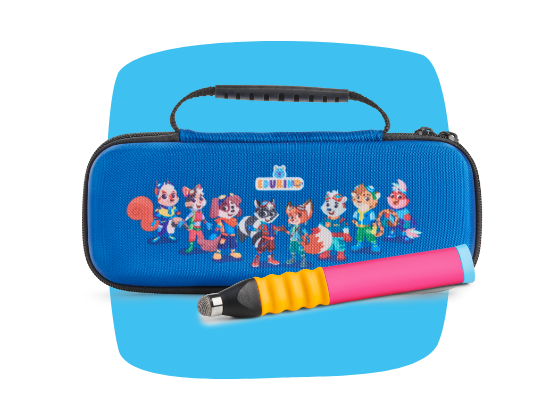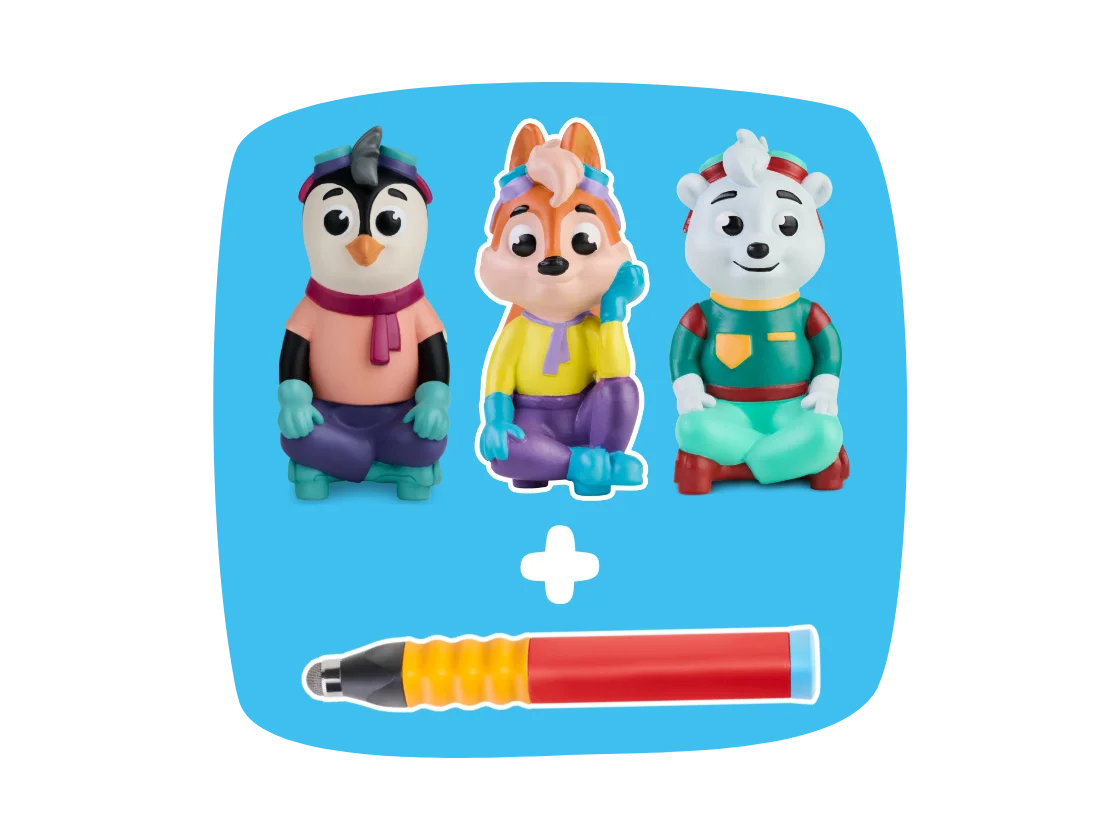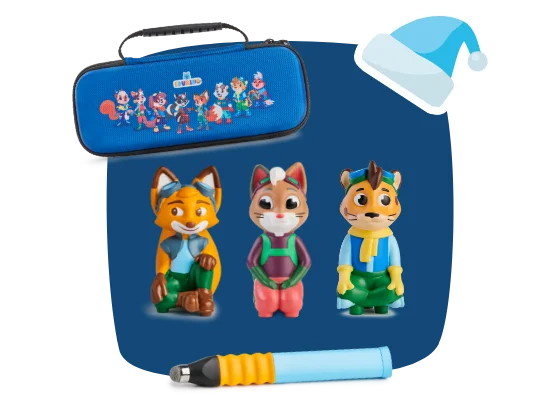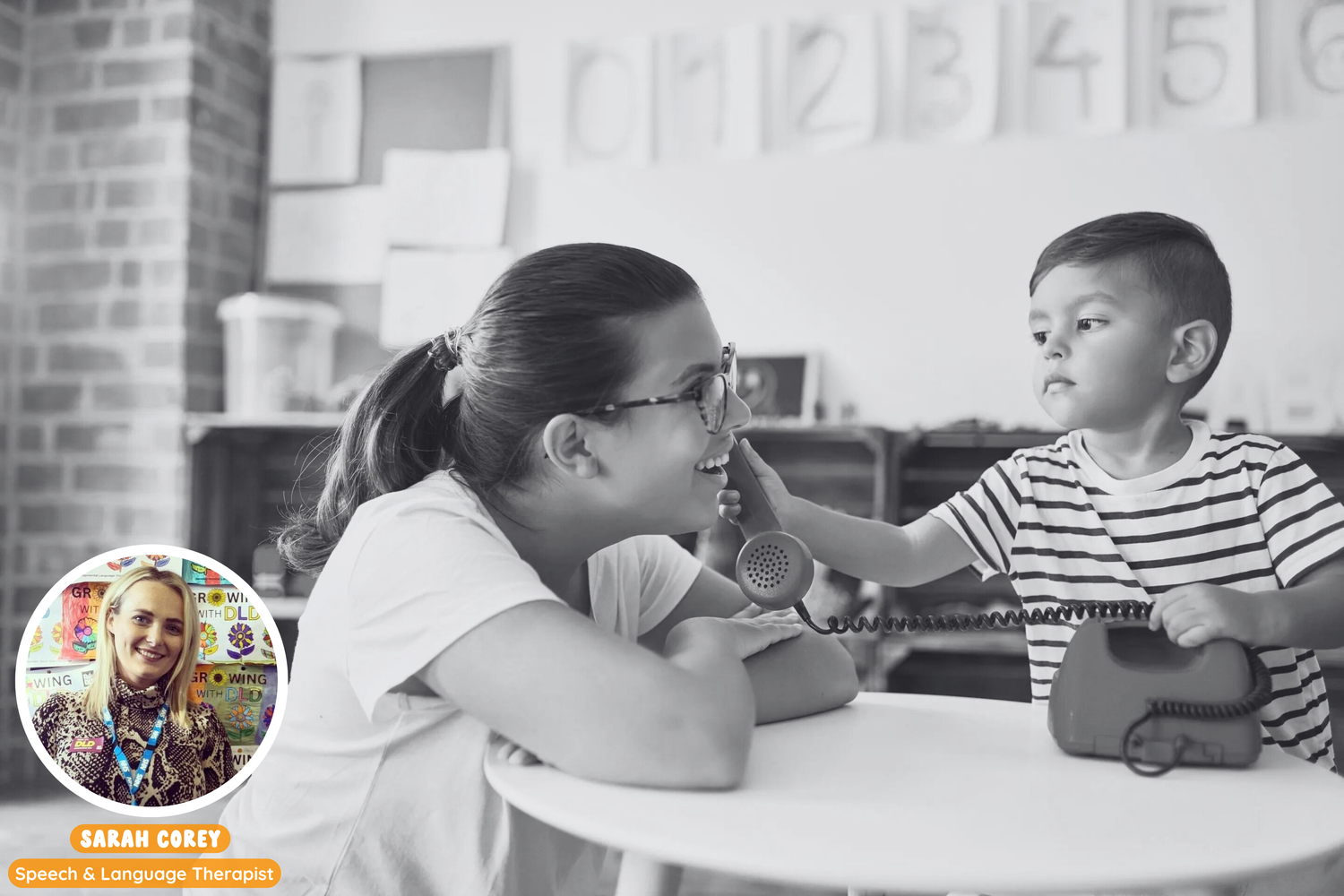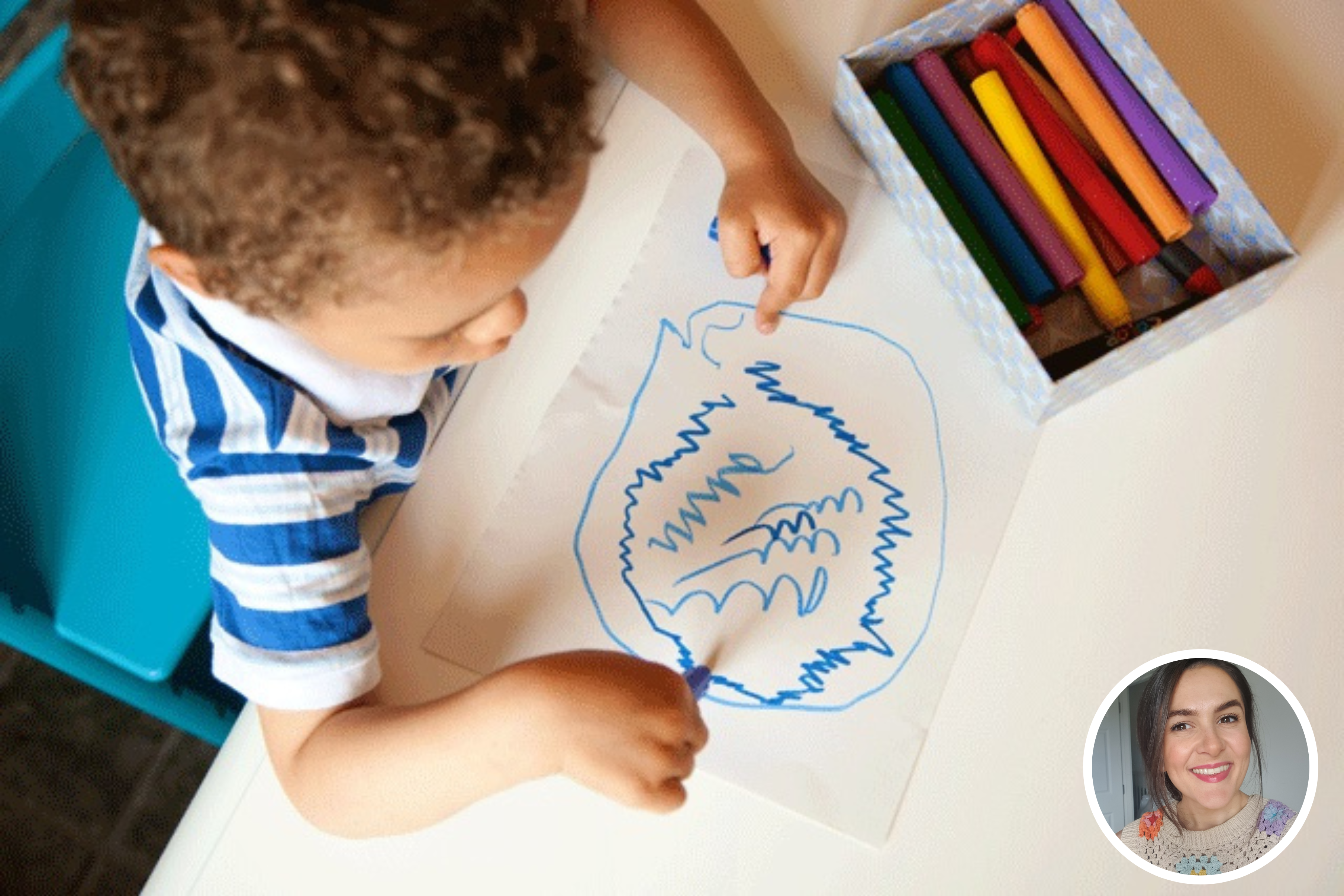Like many parents, I often find myself in that all-too-familiar juggle: trying to batch cook spaghetti bolognese while my toddler enthusiastically insists on playing "row, row, row" for the five hundredth time. It's in these moments that handing him the iPad becomes ever so tempting.
And honestly? Sometimes I do exactly that.
As a paediatric speech and language therapist, I’ve spent a lot of time thinking critically about the role of screen time in young children’s lives.
Spoiler alert: it’s not all bad.
So, what does the latest research and guidance say about screen time for toddlers?
Is there room for educational apps which promise value? And how do we get that oh so elusive “healthy balance”?
First, let’s dispel the myth that all screen time is inherently harmful. The Royal
College of Paediatrics and Child Health (RCPCH) and the World Health Organisation (WHO) both emphasise the importance of context and content. While the WHO advises no screen time for children under 2 (with a focus on sleep and physical activity), the RCPCH encourages parents to consider how screen use fits into the broader picture of a healthy lifestyle.
What we also know, is that what matters most isn’t the time spent on the device but the quality of the content and whether it's being used interactively, preferably with a parent or caregiver.
As a speech and language therapist, I’m particularly interested in creating language-
rich environments. Research from the UK's National Literacy Trust and the Centre
for Research on Play in Education, Development and Learning (PEDAL) at the University of Cambridge highlights that young children learn most effectively through responsive, two way interactions with caregivers which is something passive screen time, such as watching videos, cannot replicate.
Not All Apps are Created Equal
Apps labelled as “educational” are often more entertaining than enlightening. Flashy
graphics and fast-paced animations can be stimulating but they don’t always promote meaningful engagement. What children need are opportunities to explore, respond, and problem-solve.
The best educational apps share common traits:
- Simple, slow-paced, and intuitive interface
- Age-appropriate vocabulary and visuals
- Real-life themes and language
- Opportunities for joint engagement (i.e. you and your child using the app together)
A Hybrid Approach That’s Got My Attention
If you’re not yet familiar with apps like Edurino, it’s a learning system that combines physical play pieces (animal figurine and stylus pen) with a child-friendly app designed to teach key foundational skills such as early literacy, numeracy, and emotional regulation.
What I really want to see from apps that children use, are that they encourage a blended play experience. Children use physical tools alongside the digital platform, which supports fine motor development and reduces reliance on tapping or swiping (and helps with pencil grip!)
From a developmental perspective, here’s what I look for in an educational app:
1. Language Exposure in Context
The app uses clear, simple language and introduces vocabulary in relevant contexts. This is helpful for expanding children’s word knowledge.
2. Turn-Taking and Narrative Skills
There is a story base where children can practise basic narrative sequencing and turn-taking, skills that are critical building blocks for later conversation skills.
3. Motor Skill Development
A blended approach which offers opportunity to practise fine motor skills such as writing. Using a stylus pen mimics real-life writing motions far better than finger-swiping. It might sound minor, but it’s one of those small things with big impact.
4. Parental Controls and Session Limits
This is an absolute MUST for me. Setting screen time limits for sessions, helps to ensure that use remains balanced and doesn’t bleed into the rest of the day. For busy parents, this is a lifesaver.
That being said, apps can and will never be a substitute for playtime, books, or chatting over lunch. Used in moderation, and with active parental involvement, they can complement a child’s learning beautifully.
Here are a few tips from both my therapist hat and mummy hat:
1. Use the “Watch and Talk” Method
Sit with your child while they’re using the app. Narrate what’s happening. Ask questions like, “What do you think will happen next?” or “Can you show me where the “s” sound is?” This turns screen time into rich language time.
2. Model Turn-Taking
Take turns completing activities. Say things like, “It’s Mummy’s turn now. After I help the owl, you can have a go!” This models important social skills.
3. Build Offline Play Around It
If your child plays a letter-matching game in the app, follow it up with magnet letters on the fridge. Reinforce themes with books, songs, and toys.
4. Stick to Time Guidelines
For toddlers aged 2-3, many experts suggest limiting screen time to no more than 1 hour per day, and ideally much less. What’s more important is that screen use doesn’t replace sleep, play, socialising, or movement.
A Balanced Approach to a Digital World
The reality is, in today’s world, technology isn’t going anywhere. And while the idea of a screen-free childhood is lovely in theory, it’s not always realistic (especially when teething, tantrums, or long car journeys strike). Rather than demonising screen time altogether, we should focus on helping our little ones use it mindfully, sparingly, and with purpose.
Apps like Edurino, when used alongside rich interaction and traditional play, can actually support communication, cognitive development, and motor skills.
So go ahead, hand over the iPad from time to time, and let your child enjoy and learn in a fun and engaging way. Just make sure you are watching and wondering alongside them.
And once the bolognese is ready? Switch it off and cuddle up with your child, as conversation is always the best kind of learning.
About the Author: Sarah Corey is a paediatric speech and language therapist and owner of Mid Ulster Private Speech Therapy, based in Northern Ireland. I am also mum of a chatty, cheeky two-year-old and a very curious 9 month old. I believe in real talk, realistic parenting, and using research to support happy, healthy development. You can find out more about me and services I offer: Sarah Corey (@SpeechSpark)
References
Royal College of Paediatrics and Child Health (RCPCH):
Royal College of Paediatrics and Child Health (2019) The health impacts of screen
time: a guide for clinicians and parents, RCPCH. London. (Accessed: 25 June 2025).
World Health Organization (WHO):
World Health Organization (2019) Guidelines on physical activity, sedentary behaviour and sleep for children under 5 years of age, WHO. Geneva.(Accessed: 25 June 2025).
Barr, R. (2010) Transfer of learning between 2D and 3D sources during infancy:
Informing theory and practice, Developmental Review, 30(2), pp. 128–154.(Accessed: June 25, 2025).

